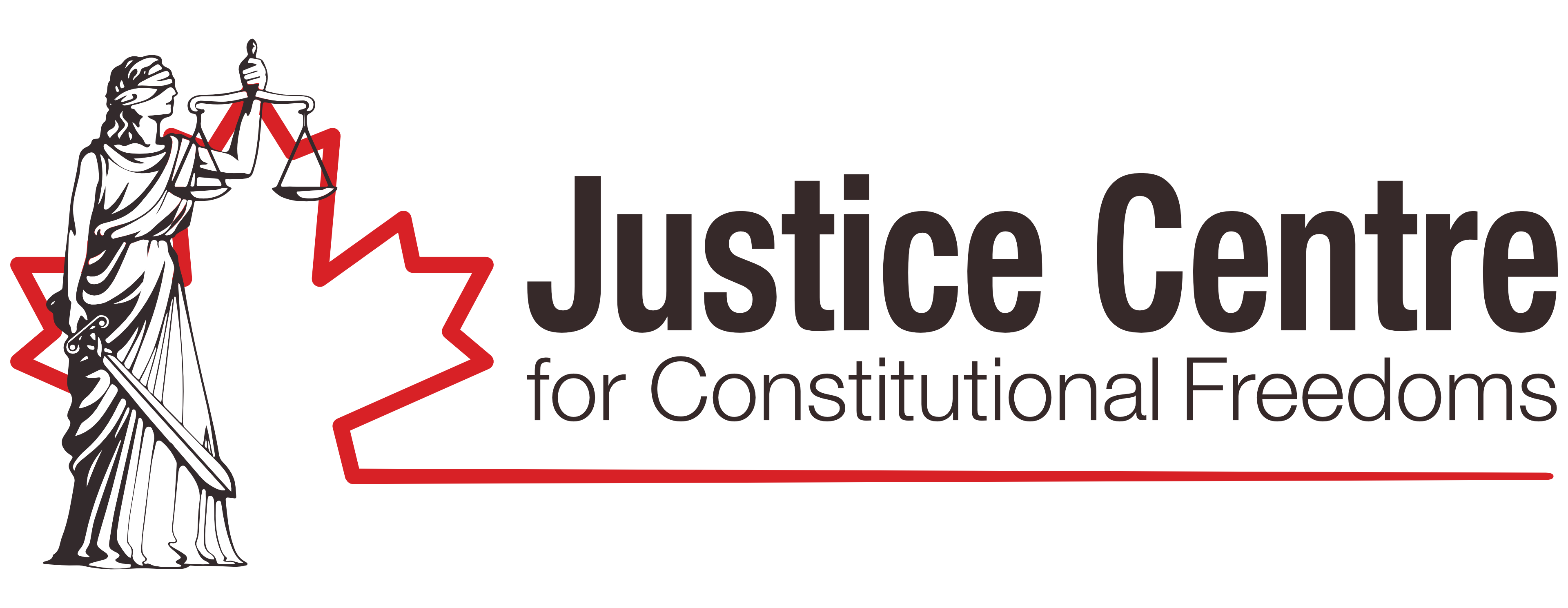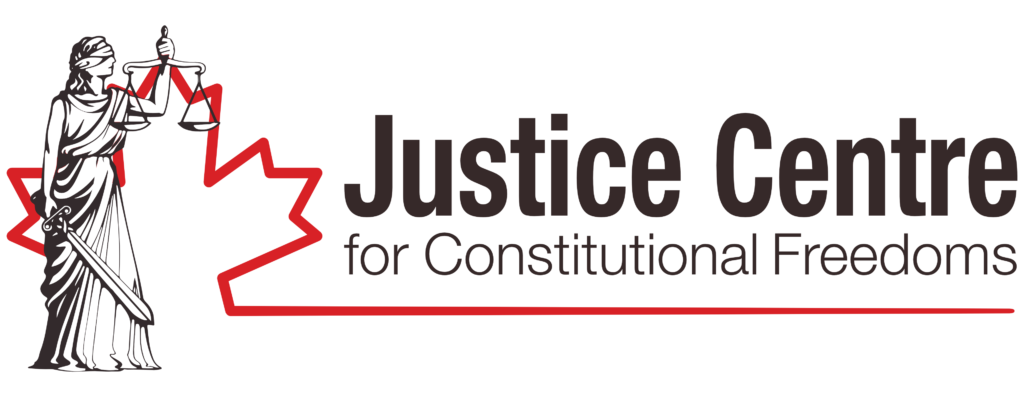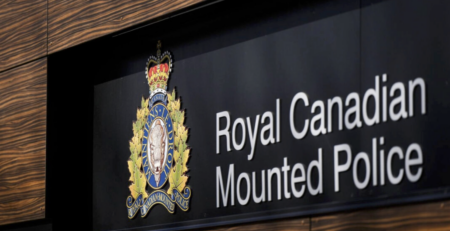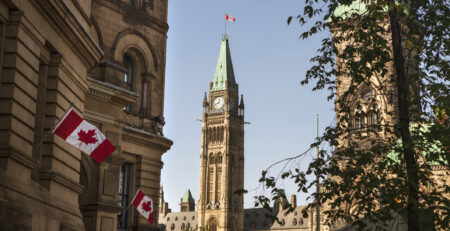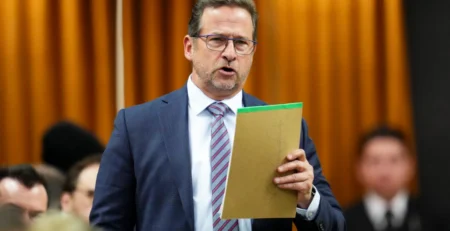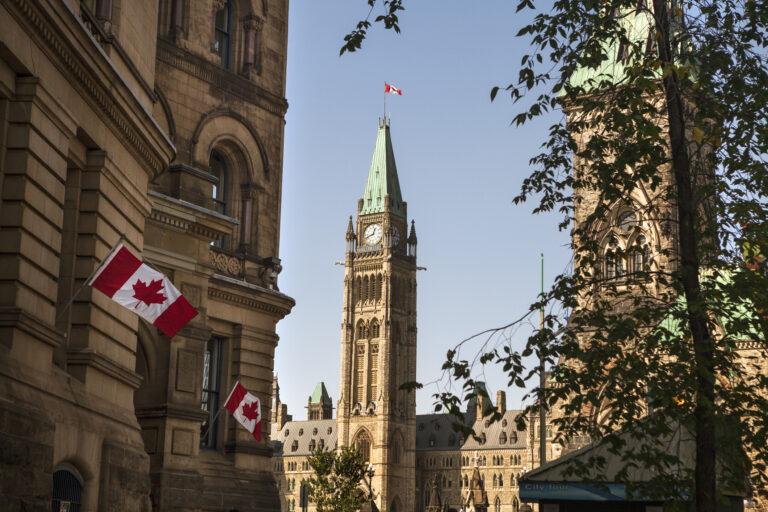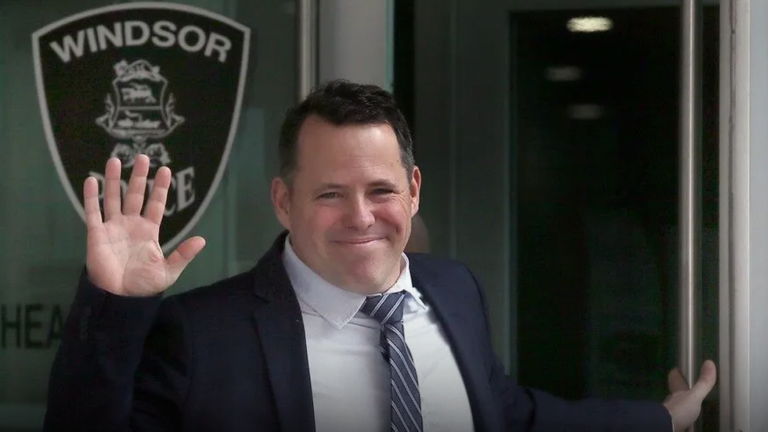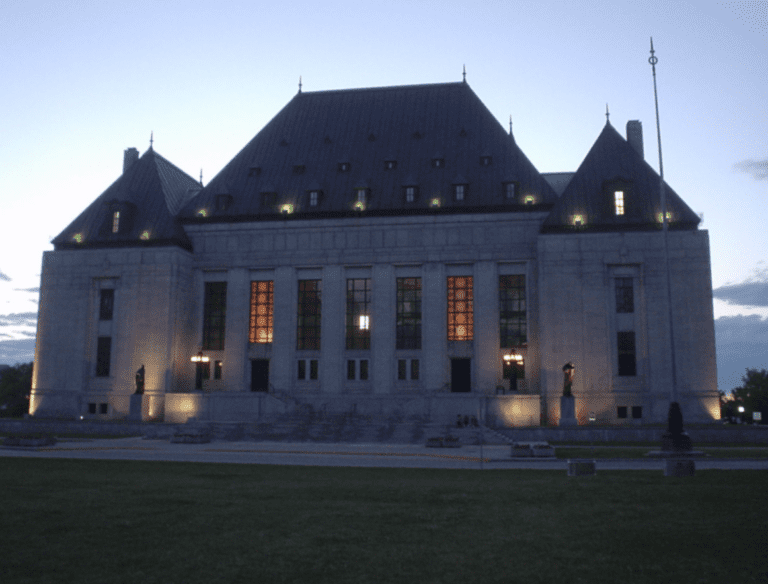CALGARY: Canadian governments are constitutionally obliged to do more good than harm as they respond to the COVID-19 virus. But the opposite is happening, says lawyer John Carpay, President of the Justice Centre.
The Justice Centre’s latest Charter analysis, Flying Blind, explains how governments have been trampling our Charter rights and freedoms by failing to consider the damaging and unintended consequences of lockdowns.
‘Flying Blind’ examines the size and scope of specific harms arising from government actions, especially lockdowns and specific violations of Charter freedoms to move, travel, assemble, associate and worship.
Cancelled surgeries
“Governments cancelled surgeries to make way for an expected surge of severe COVID-19 cases,” says Mr. Carpay. “But when they cancelled these procedures, they failed to consider how many people would then die, become more seriously ill, or endure prolonged suffering as a result. In their efforts to prevent some people from dying with COVID-19, governments actually condemned other Canadians to die of something else.”
Mr. Carpay cites the case of Ottawa resident Martin Hawdur, 70, who died after an aortic aneurysm ruptured. Diagnosed at the end of November of 2019, he was told surgery was “crucial” and that the operation would take place as soon as it could be arranged. On February 28, 2020, he was told the surgery would be in April. On March 15, as part of the lockdown measures, the Ontario government ordered all hospitals to curtail “elective” (non-emergency) surgeries. When Hawdur died in May, his surgery had still not been scheduled.
“Surgeries did not resume until the end of May. Mr. Hawdur is not an isolated example. How many more Ontarians died because of cancelled surgeries?” questions Mr. Carpay.
Cancelled diagnostics
Governments also cancelled vast numbers of Diagnostic Imaging Procedures (DIPs).
Ontario performs between 141,000 and 158,000 MRIs and CT scans, every month. As with surgeries, these diagnostic imaging procedures are medically necessary, with potentially serious consequences if the MRI or CT scan is cancelled.
“What happened to the hundreds of thousands of Ontarians who should have been tested, but were not?” asks Carpay. Assuming other provinces provide the same level of DIPs to their citizens as Ontario, and assuming that lockdown reductions in other provinces had a similar impact, it is entirely reasonable to assume that 500,000 or more Canadians did not receive timely diagnostic procedures.
“How many will die of delayed treatment caused by delayed diagnosis?” wonders Mr. Carpay. “We don’t know. And what’s shocking is that we have seen no evidence that governments have even tried to find out.”
Suicide
A pre-COVID study at the University of Calgary provides a precise estimate of the all-Canada link between unemployment and suicide: “A one percentage point increase in the unemployment rate increases the suicide rate by 2.1 percent.”
Since lockdowns were imposed, Canada’s unemployment rate has soared. Given that millions of Canadians have also been cut off from meaningful connections with friends, family members, team-mates in a sports league, co-religionists at houses of worship, and a multitude of interactions in various recreational activities and entertainment pursuits, it is fair to ask: How many more Canadians driven to desperation have taken their own lives?
Death from accidental drug overdoses
Since the lockdown began, opioid use has soared. It is a national problem. In BC and Alberta for example, more people died of opioid poisoning during the first six months of 2020, than the number of people who died with COVID-19. In Ontario, the province’s Chief Coroner announced a 25% increase in suspected drug-related deaths in the province between March and May 2020, compared to the monthly median reported in 2019.
All the government’s restrictions on freedom have been made without a complete picture of the collateral damage of lockdowns. Numbers from other provinces are not yet available and federal government numbers on national trends during the second quarter (April to June) were also not available at time of publication.
Not worth the harms
“This is a disease with a 99%+ recovery rate,” points out Mr. Carpay. “It is seldom serious for young people. Most of the deceased are in populations that are easy-to-define – the elderly and the already sick – and for whom it should be possible to develop special protections. And while all deaths are something to grieve, COVID-19 – like pneumonia and influenza, tends to kill older people who are already dying of one or more serious illnesses. The actual total number of deaths in Canada from all causes has remained remarkably consistent, year over year.”
Canada’s federal, provincial and municipal governments have thus far failed to account for the predictable negative consequences of their radical social and economic measures. Violating the fundamental freedoms of an entire population to move, travel, associate, assemble and worship has never been tried in human history as a means of stopping a virus. Indeed, more medical experts and epidemiologists have come forward to state that lockdowns cannot stop a virus, and will cause countless other harms in suicides, missed diagnoses, cancelled surgeries, drug overdoses, loneliness, poverty, job loss and isolation.
“In respect of the demonstrated harms that accompany lockdowns, governments still lack sufficient reliable information to justify ongoing violations of the Charter rights and freedoms of Canadians,” states Mr. Carpay. “When all you have is a hammer, everything looks like a nail. It’s time for politicians to try something different and restore fundamental Canadian Charter freedoms,” concludes Carpay.
NB: There are different data processing times and reporting practices among the provinces as well as verification processes undertaken by Statistics Canada. Early revisions can be the most significant but data is noted by Statistics Canada as provisional for up to 18 months. The data in Flying Blind is sourced from the October 28, 2020 release.
